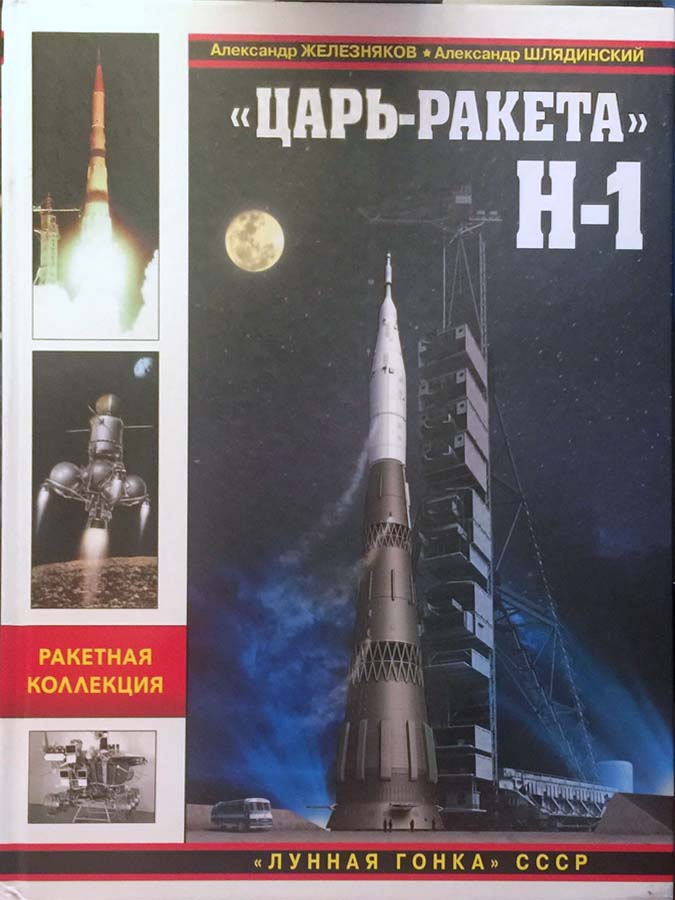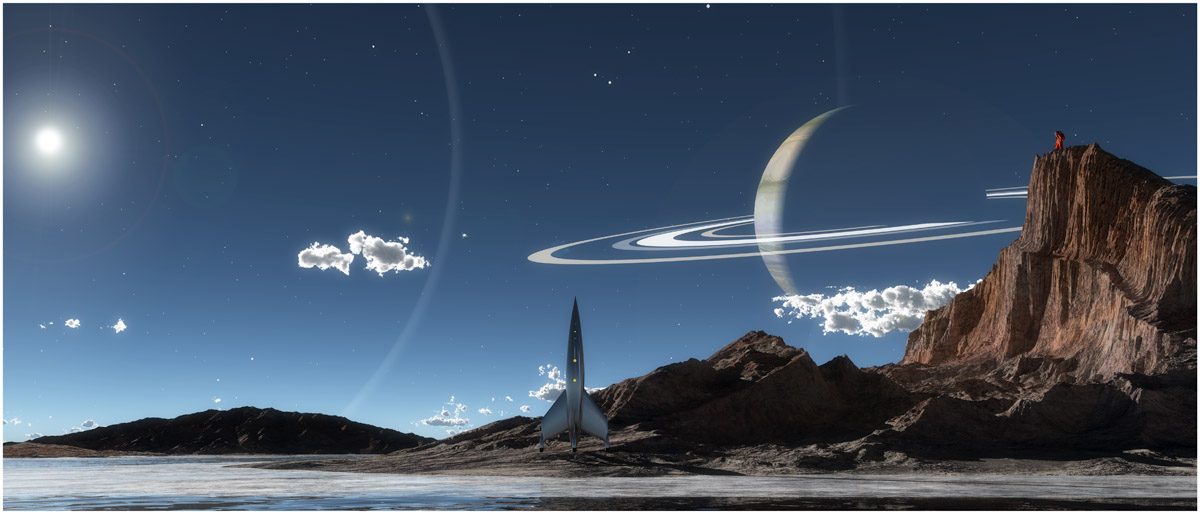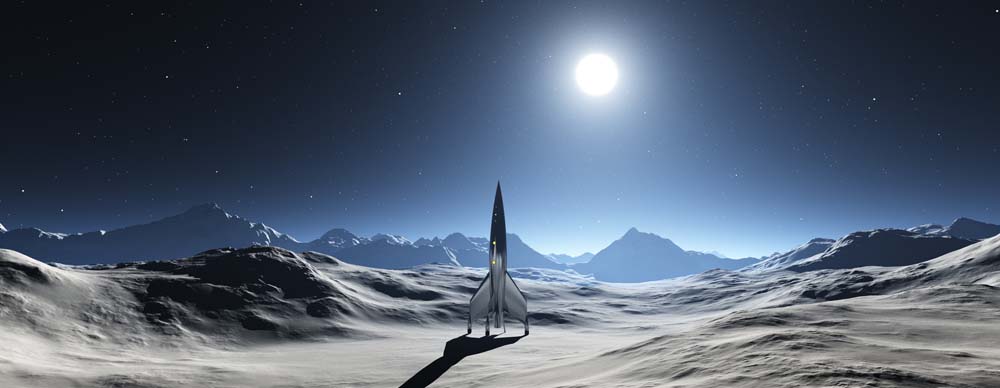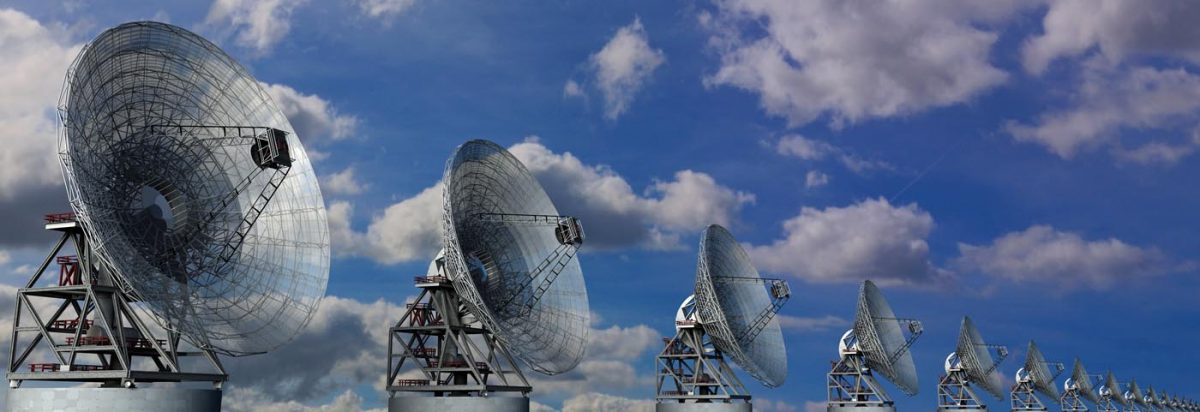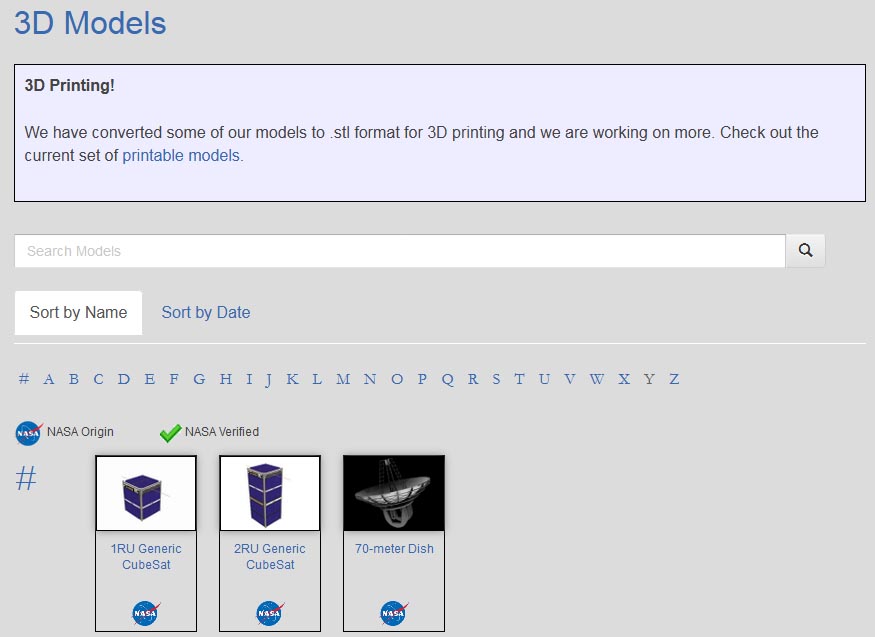Yesterday I visited “Into the Unknown“, a Science Fiction exhibition which is currently on at the Barbican, London, and will tour later apparently. This is my review of what I saw there.
The space within the centre they have chosen to use is a bit odd, to say the least. They call it “The Curve”, and it’s not really good for this kind of thing. It’s fairly narow and tall, and feels cramped. Many of the exhibits are a long way up, making it difficult to see them properly.
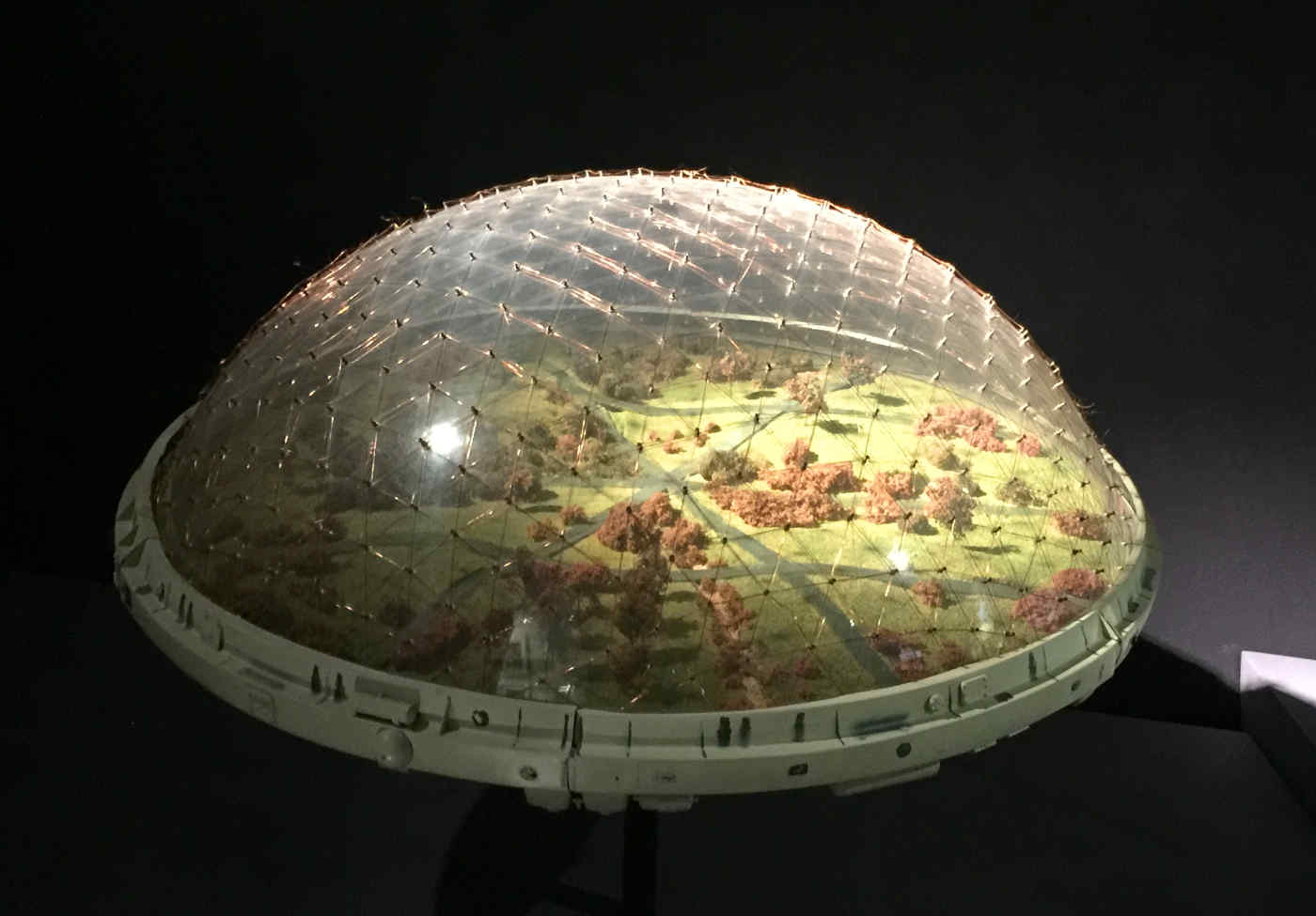
Continue reading “Into the unknown, at the London Barbican. A review.”






